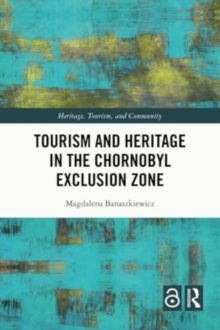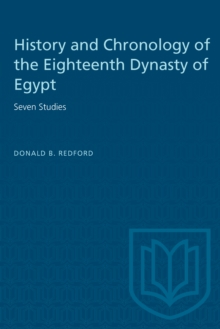
The Shape of the Round Table : Structures of Middle High German Arthurian Romance PDF
by James A. Schultz
Part of the Heritage series
Description
This book begins by dissociating itself from two biases that have constrained much of the scholarship on the structure of Middle High German Arthurian romance: the traditional prejudice in favour of the great romances (Erec, Iwein, and Parzival) and the notion that structural analysis is merely the handmaiden of interpretation. By expanding the corpus under consideration to include all twelve romances, Professor Schultz is able to develop a structural model that attempts to do justice to the entire genre, not merely to its most famous representatives. By pursuing structural analysis for its own sake, he is able to investigate structures of many different kinds, not merely those that advance a single interpretation.
The book falls into three principal parts. The first treats the semantic building blocks of Arthurian romance: the World, Society, the Other, the Hero, the Mediator, and the Recipient. Each of these represents a body of traditional meaning; in combination they generate the characteristic roles, themes, and spatial structures of romance. The second major part treats the individual episode: first its skeleton, the linear structure of the archetypical episode and its principal variants; then substance, the realization of this skeleton by the addition of actors and their attributes, perspectives, and ostensible causes; finally, surface, the consequences of the narrator's activity in generating the actual text. The third part of the book works through these same categories from the perspective of the entire romance: the varieties of skeletal structure that determines its overall shape; the ways in which the addition of substantial elements fosters coherence; the importance of the narrator in determining our understanding of an entire romance and our conception of romance as a literary genre.
This book concludes with a brief code devoted to contradiction. Schultz shows that the numerous internal inconsistencies of Arthurian romance -- a feature of the genre for which it has often been taken to task -- can be explained in a number of ways: as the result of a peculiarly medieval devotion to local detail; as the consequence of intrinsic tensions in the structure of the genre; and as the reflection of certain general properties of literary texts.
Information
-
Download - Immediately Available
- Format:PDF
- Pages:264 pages
- Publisher:University of Toronto Press
- Publication Date:15/12/1983
- Category:
- ISBN:9781487583361
Information
-
Download - Immediately Available
- Format:PDF
- Pages:264 pages
- Publisher:University of Toronto Press
- Publication Date:15/12/1983
- Category:
- ISBN:9781487583361










